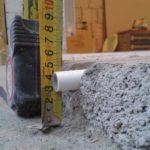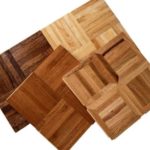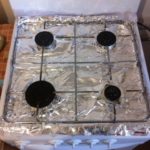Insulation with foil: name
Foil insulation is widely used in the construction of houses, bathhouses and other structures. There are several varieties of such material, each of them has its own name and conditions of use.
The content of the article
What is the name of insulation with foil?
A finishing layer, one side of which is made of foil material, helps to significantly reduce construction costs. The reflective surface accumulates heat and keeps it indoors.
In construction, a multilayer material is used, covered with foil on one or both sides.
The material has a porous base, which serves as a good base for application. foil. The top reflective layer has several varieties:
- Aluminum foil, which is applied by heat welding. Can be destroyed with cement mortar.
- Metallized film. More resistant to solution, but less effective at reflecting heat.
Using foil materials for finishing, you reduce the cost of heating the room by 30–60%.
Polyethylene foam
The second name is foamed polyethylene. Thickness - from 2 to 10 mm, looks like an elastic fabric. Aluminum foil acts as a reflective layer. Manufacturers offer the material in rolls; sometimes it is supplied with self-adhesive elements.
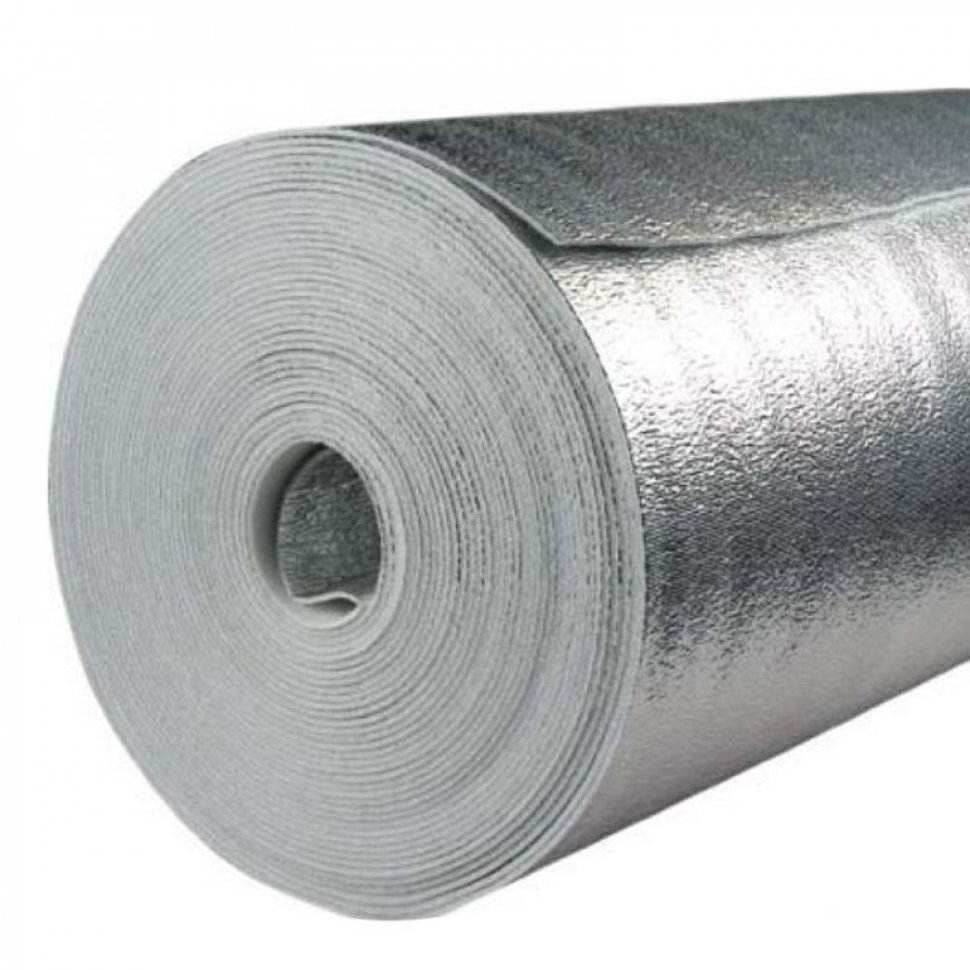
The film is used as an insulating layer under the finishing floor, as well as for insulating heating radiators, pipes and other communications objects. It not only retains heat, but also protects against annoying noise.
Mineral wool
Another name is stone or basalt wool. It is presented in a wide range in building materials stores. Available in slabs or rolls, thickness up to 100 mm. It is a non-flammable and non-toxic material, therefore suitable for insulating fireplaces and chimneys.
Basalt is used in various rooms, including for the construction of baths and saunas, attics and interfloor ceilings. Reflection - more than 95%. It is important to know which side to lay the material correctly.
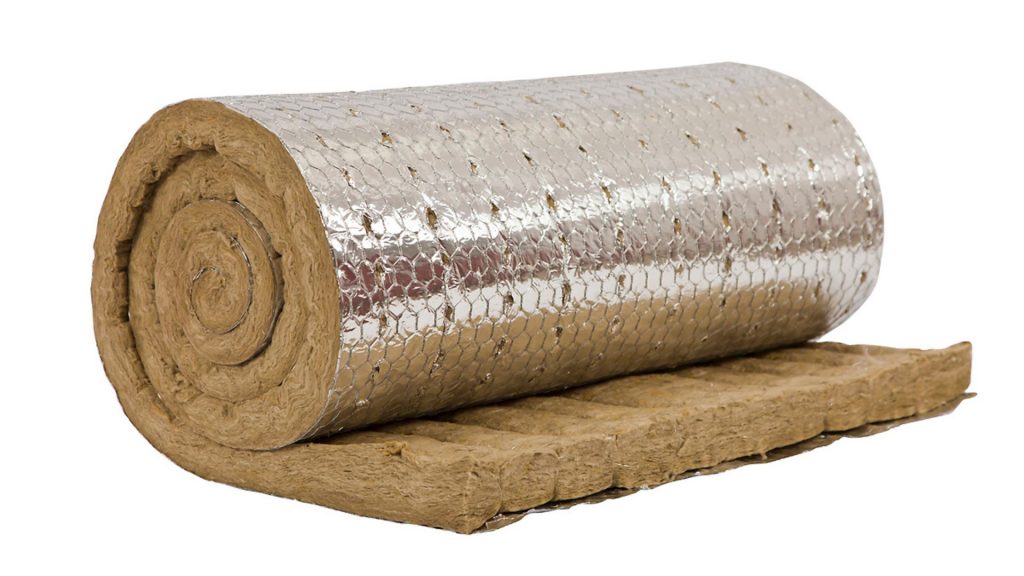
Glass wool
This type of foil insulation should be handled extremely carefully. It has properties similar to those of mineral wool. Eco-friendly and sold at an affordable price.
The danger of glass wool is its ability to spread sharp and prickly dust. Can penetrate the lungs and damage internal organs. When working with glass wool, you must wear respirators and safety glasses.
Foiled polystyrene foam
Durable material sold in slab form. The thickness of the insulation is from 20 to 50 mm. The base is fused granules. Thanks to this, polystyrene foam is fireproof. Preferred for floor insulation. It can withstand high physical pressure as well as high humidity.
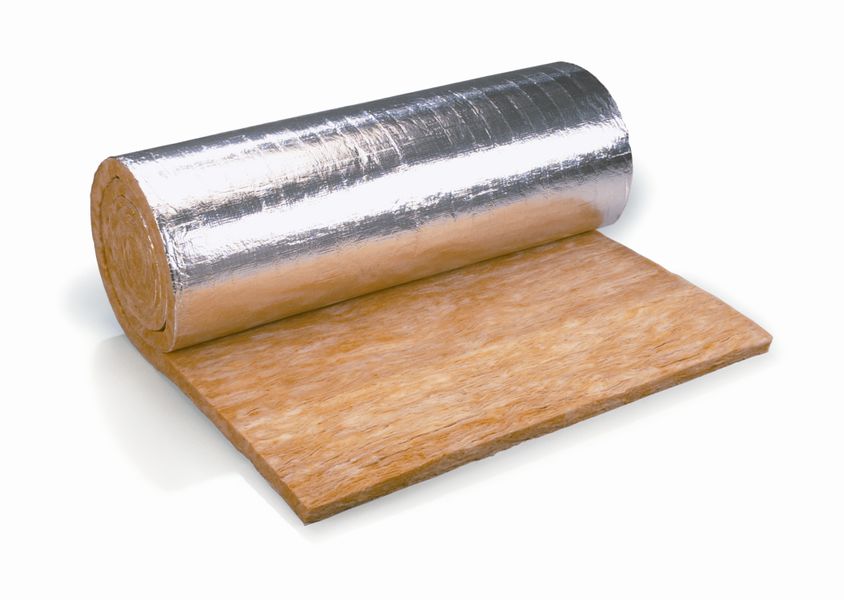
Operating principle and advantages
The foil layer reflects thermal energy and returns it indoors. In this way, a person saves significantly on heating his home. The material is widely used in the construction of various structures.
The main advantages include:
- efficiency - no more than 10% of heat is lost when interacting with a reflective surface;
- hydro- and vapor barrier - the layer is impermeable to moisture from the outside;
- ease of installation - builders use a stapler or fasteners, and some manufacturers offer self-adhesive rolls;
- safety - all products meet modern environmental standards;
- long service life - the material is not susceptible to the spread of fungus and does not deteriorate over time if installed correctly.
Foil insulation is a high-quality and inexpensive means for insulating various surfaces. During repairs, we recommend using it for finishing floors and interfloor ceilings, water supply and sewerage pipes, as well as for baths and saunas.

